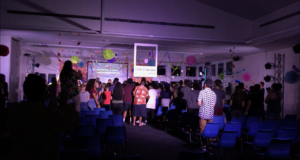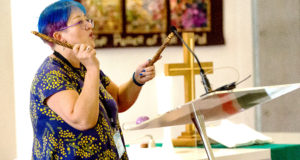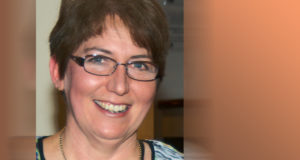For a community of faith to grow, it needs to make room for people who have never been to church before. Rev David MacGregor explores a variety of ways newcomers can feel at home in a new place.
In our worshipping communities we struggle to make inclusion real in our life together, especially with those who have never previously belonged to a church. This was among the topics discussed during the Open Space at last year’s Synod in Session.
We too easily offer “monocultural” worship—one size and style fits all. But Jesus’ welcome was wide, including those otherwise excluded because of race, wellness, gender, social status or religious sensibilities.
To provide inclusive worship in which anyone may participate, some aspects of our corporate worship may have to change. We’ll also have to become more proactive about inviting people to church in the first place.
Inclusive worship will embrace the diverse nature of the community of faith, not only to make young people and families feel welcome, but giving them the opportunity to lead and share faith. Inclusion is built when the story of our life has the opportunity to connect with God’s story. The nature and style of preaching needs to be considered, connecting with people’s real life hurts and hopes.
The language of congregational song and spoken prayer in worship can often be quite foreign and alienating to newcomers. Everyday lingo needs to be encouraged where possible, along with inclusive language, both for God and people—more “we” and less “I”. Inclusion also involves giving space for silence, symbols and non-verbal gestures.
We all behave differently and prefer different styles of worship through which we engage with God. Some will engage with God through words, while others resonate more through emotion, symbol and action. Include a range of people in the team crafting and leading worship so various styles are taken into account. It must be an authentic expression of the community—we can all sniff out something that lacks depth or integrity.
Church buildings themselves, no matter how aesthetically pleasing, can be like foreign territory for a worshipping newcomer. Many congregations have seen value in meeting in a school or community hall, or even a park, a home or a pub.
Ultimately, worship is inclusive and authentic in spirit and truth when it allows the whole community to “engage the holy”. Historically, the creative arts have proven to be a wonderful means of so engaging. Perhaps the ultimate question is not what we hope worshipping God might be like, but what does God want worship to be like?
David is minister with Wellers Hill Tarragindi Uniting Church.
 JourneyOnline
JourneyOnline








